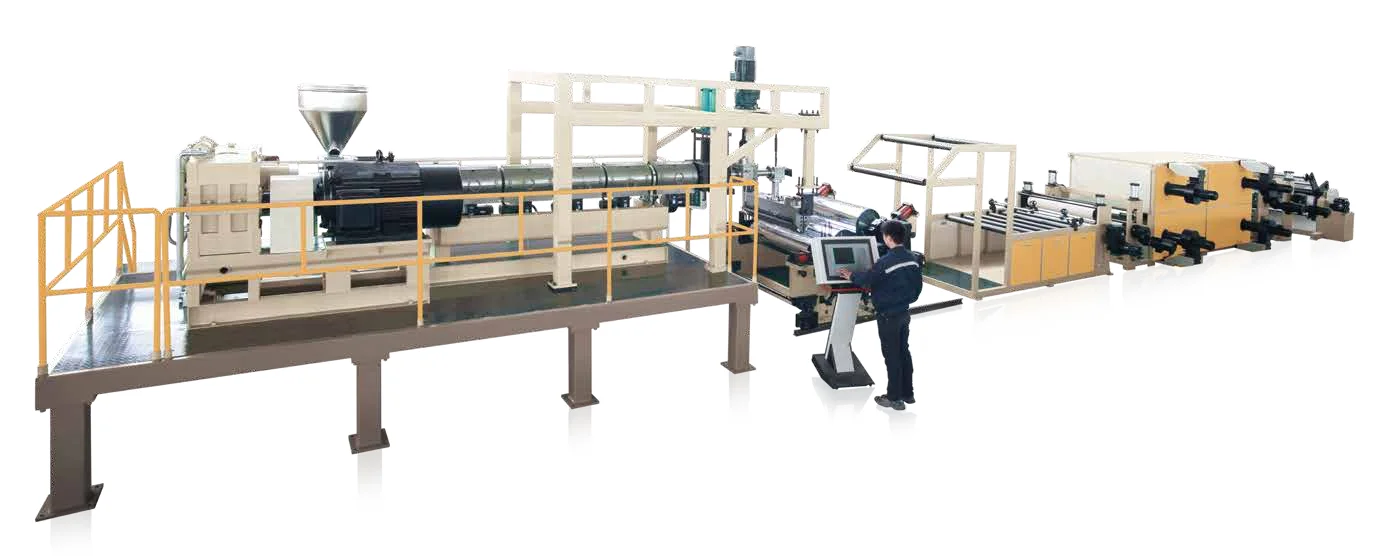Screen printing, a time-honored technique that dates back centuries, has evolved into a sophisticated process that combines artistry with technology. At the heart of this craft lies a crucial element: the screen. Understanding the types of screens used in screen printing is essential for achieving high-quality prints, whether for textiles, posters, or other substrates. In this article, we will explore the various types of screens, their materials, and how to select the right one for your specific printing needs.
The Fundamentals of Screen Printing
Before delving into the specifics of screens, it’s important to grasp the basic principles of screen printing. This method involves creating a stencil (or screen) that allows ink to pass through in specific areas while blocking it in others. The result is a vibrant, layered image that can be replicated across multiple surfaces. The quality of the final print is heavily influenced by the type of screen used, making it imperative to choose wisely.
Types of Screens Used in Screen Printing
- Mesh Screens
- Material: Typically made from polyester or nylon, mesh screens are characterized by their fine threads woven together to create a porous surface.
- Mesh Count: The mesh count refers to the number of threads per inch. Higher mesh counts (e.g., 200-300) are ideal for detailed designs and fine lines, while lower counts (e.g., 40-110) are better suited for thicker inks and bold graphics.
- Applications: Mesh screens are versatile and can be used for various substrates, including textiles, paper, and plastics. The choice of mesh count directly impacts the ink deposit and the overall texture of the print.
- Stretched Screens
- Definition: Stretched screens are mesh screens that are tightly stretched over a frame to ensure uniform tension.
- Benefits: Proper tension is crucial for achieving consistent ink flow and preventing issues such as smudging or bleeding. Stretched screens are particularly beneficial for high-volume production runs, where precision is paramount.
- Considerations: When selecting a stretched screen, consider the frame material (wood vs. aluminum) and the type of adhesive used to bond the mesh to the frame.
- Photo Emulsion Screens
- Process: These screens are coated with a light-sensitive emulsion that hardens when exposed to light. This allows for the creation of intricate designs and fine details.
- Advantages: Photo emulsion screens are favored for their ability to reproduce complex images with high fidelity. They are particularly useful for multi-color prints, where precise registration is essential.
- Limitations: The process of preparing photo emulsion screens can be time-consuming and requires a darkroom setup for exposure.
- Direct-to-Garment (DTG) Screens
- Overview: While not traditional screen printing, DTG technology utilizes screens to apply ink directly onto fabric using specialized printers.
- Benefits: This method allows for full-color prints with photographic quality, making it ideal for custom designs and small runs.
- Considerations: DTG screens require specific inks and pretreatment processes, which may differ from traditional screen printing methods.
Selecting the Right Screen for Your Project
When choosing a screen for your screen printing project, consider the following factors:
- Design Complexity: For intricate designs, opt for higher mesh counts and photo emulsion screens. For bold graphics, lower mesh counts will suffice.
- Ink Type: The viscosity of the ink will influence your choice of mesh count. Thicker inks require lower mesh counts to allow for adequate flow.
- Substrate: Different materials may require specific screen types. For example, textiles often benefit from stretched mesh screens, while paper may work well with lower mesh counts.
- Production Volume: For high-volume runs, investing in stretched screens with consistent tension can save time and ensure uniformity across prints.
Conclusion
The choice of screen in screen printing is not merely a technical decision; it is a fundamental aspect that can significantly influence the quality and effectiveness of your prints. By understanding the various types of screens available and their specific applications, you can make informed decisions that enhance your screen printing projects. Whether you are a seasoned professional or a novice artist, mastering the art of screen selection will elevate your printing endeavors to new heights.

